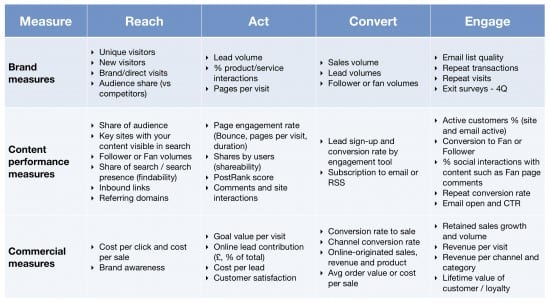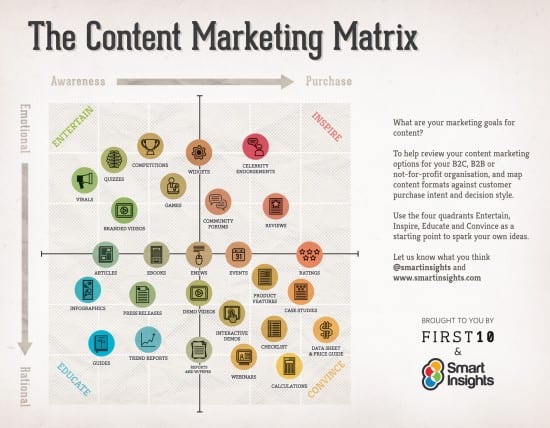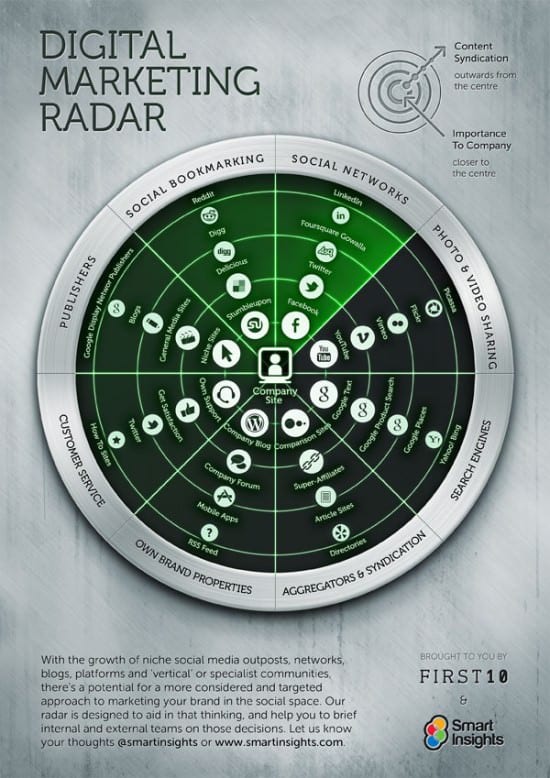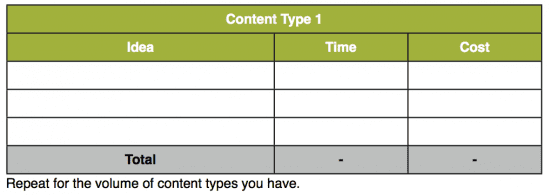A practical approach to creating more effective content
Whether you are running a large scale publishing website, ecommerce site or simply a blog, today's marketing has a common theme; the requirement for amazing content to encourage engagement and sharing leading to sales.
Utilising members from your marketing, PR & editorial team to form ideas for your site or client requires effective use of a meeting or thought shower as some people would say [a new term for the editor, apparently a politically correct version of brainstorm]. As with all meetings without the right structure they can quickly become a waste of time, hopefully the steps below will help you achieve a productive thought shower.
Thought shower prerequisites - understand current content marketing
Any meeting requires preparation, but equally this doesn’t need to be over engineered. Insights are key to empowering people in this thought shower. Answering the following questions about your existing content marketing with simple bullets & data will suffice:
- What content types are currently been published?
- How often is it published / updated?
- How does it perform (visits, shares, comments)?
- Are there any pieces or types that perform better than others?
- Repeat for top 3 competitors (just share & comment performance for data)
- Who is the content for, which personas / customer types are you targeting
While the data & content will be quite time consuming, it is important this is summarised in a way in which your team can hear what they need to within 15-20mins of the start of the meeting. If you already have an editorial calendar for content marketing then you have this as a framework to make this process quicker.
Starting the meeting
To be clear on the required outputs with the team is crucial so that you stay on track. In my opinion the following items are required by the end of the session:
- Clarity on objectives
- Content ideas
- Agreed set of actions / deliverables to turn ideas into content
- Owners & deadlines assigned to them
- A draft of the content calendar
I'll describe the process of documenting and managing the ideas near the end of this article.
Setting objectives for your content marketing or campaign
Content requires objectives just like any other marketing technique, to set objectives we need to understand what content can influence. The KPI matrix that Smart Insights has developed should help you understand the kind of metrics you could utilise. Based on the RACE framework, it will allow you to measure how the content influences things like traffic to the website (largely SEO & referral related) as much as its effect on conversion & site engagement. The image below is explained in this article by Dan Bosomworth on measuring content marketing.

Breaking objectives out into commercial, marketing (content performance) and brand objectives helps ensure its benefits can be communicated to all levels of the business and equally should enable you to track performance on a regular basis. You should measure marketing metrics weekly, commercial monthly and brand quarterly, in my experience..
If relevant (i.e. you are using more than just internal resource) you would also align budgets to the objectives set though it can equally be more effective to do this post the brainstorm as it will restrict ideas.
Understanding your audience
The final thing to cover prior to the actual thought shower is to update the team on the personas you are targeting with the content, quite possibly the most important step in the meeting. You should be able to describe in some detail the customers you are looking to target with the content. Using this approach, you will then have ideas you can relate it back to the persona and decide whether it is a good idea or not. More often than not you will not be the target audience so it is irrelevant whether you think it is a good idea or not, its whether the persona would.
Running the thought shower
Now onto the fun part. Lasting no more than 1hour (without breaks at least), I recommend not using computers and especially avoid keynote / powerpoint, you do however need, a whiteboard, flip chart or A3 paper and pens. Depending on your group size you may want to break out into smaller groups and come back together at the end. Ideally have an open space for the team to work, boardroom tables are not ideal, people should be able to get comfortable, move around as well as have access to snacks and water.
I have found breaking the thought shower into two halves to be the most effective way to get good ideas. Fundamentally content should do two things, it entertains or educates (by persona). Depending on your objectives and audience you may weight the session towards one outcome but both should be considered when completing the thought shower.
Utilise a diagram such as the Smart Insights content matrix to aid the thought shower and help remember the various types of content available and their use on awareness as much as purchase. It is all to easy to get hung up on video or blogs!

The Smart Insights marketing radar I have also found to be useful as a reminder as to the kind of outposts content can be seeded to, this also helps with ideas for content formats or mechanics.

Post meeting review
Pulling together all the notes can be quite a difficult task, I recommend organising ideas into content types in a table much like the below. This way you can quickly understand associated skills, time & costs with each idea to see how palatable they are against budgets & objectives.

Once you have an agreed content list, utilising an editorial calendar will ensure you deliver the content on time and budget. You can use Excel (or Google Docs) to complete this, a template for members can be found here, or you can look at using an online service such as, DivvyHQ, KaPost, Central Desktop and Contently.










